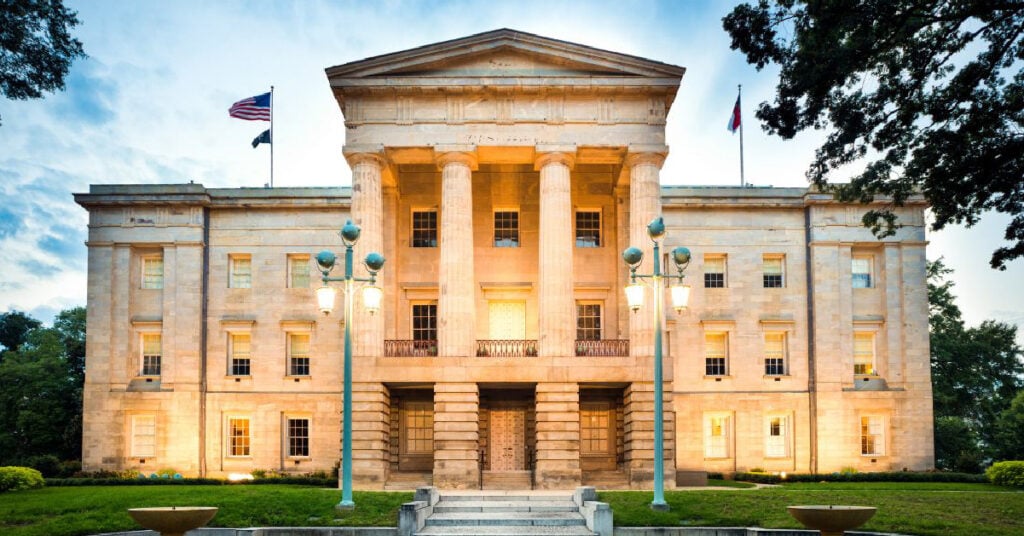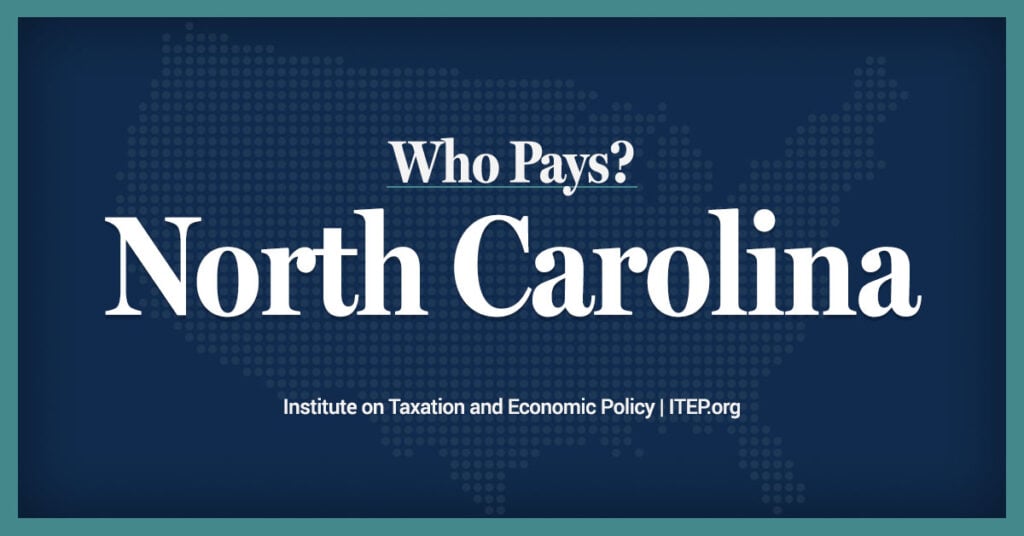Published: September 14, 2013
By Ned Barnett
The downtown lot where Raleigh’s Occupy movement once camped is now empty. The fast-food workers who picketted over being paid the meager minimum wage of $7.25 an hour have gone back to making burgers and fries. The Moral Monday protesters have vanished from outside the state Legislative Building, their weekly gatherings ending once lawmakers went home.
The protests come and go, but the underlying problem of growing economic inequality persists: The haves continue to get more, and the have-nots have even less.
That was the finding of an economic report based on IRS data released last week. It revealed that the top 10 percent of the nation’s earners in 2012 collected half the nation’s income. More than 20 percent went to the richest 1 percent.
The report, by the prominent economists Emmanuel Saez and Thomas Piketty, said that the share of income going to the top 10 percent (families with incomes above $114,000) is “higher than any other year since 1917 and even surpasses 1928, the peak of the stock market bubble in the ‘roaring’ 1920s.”
Meg Wiehe is the state tax policy director at the Institute on Taxation and Economic Policy, a nonprofit that focuses on tax fairness. She has watched the income gap grow and wondered at the muted political response.
“I’m completely puzzled by it,” she said last week. “Some say that part of it is this image of the American Dream, the hopeful sense that people have that they could be the ones with wealth as well. That may force them not to be actors on their own behalf.”
But neither the American Dream nor the economy’s “invisible hand” can correct the increasing trend of extreme wealth held at the very top and the millions falling from the middle class.
“If we want to get ourselves out of this mess, it will take some policy intervention at the state and federal level,” Wiehe said. “It definitely will not work itself out.”
For now, though, people in general appear caught between resentment and resignation. Those who are employed are more productive but have learned not to expect raises. Others are unemployed, underemployed or have given up on finding a job. Only 63 percent of working-age people are in the labor force, the lowest proportion in 35 years.
Republicans say appeals to increase taxes on the rich or to boost income for workers are efforts to incite class warfare. But the report makes clear that there has already been a class war – and the rich won. Since the early 1980s and the Reagan Revolution, a movement toward deregulation and tax cuts that continued through both Bush presidencies and Bill Clinton’s eight years, the income gap in the United States has widened relentlessly.
It has been driven by the decline of unions, a freeze in the minimum wage, the exploitation of illegal immigrant workers and the acceptance as the norm that supporting a family requires two incomes, with both spouses working or one spouse or single parent working two jobs.
The economy has split into two divergent tracks. One track, slipping downward, is the income of people who work for others and rely solely on that income. The other, rising upward, are people who live off investments, income from their businesses or super high salaries.
The recession costs middle-class earners in lost income and home equity, but their inability to recover is exposing an American economy in which a growing gulf between the very rich and average wage earners has become structural. Tax policies favor corporations and the wealthy while government support for the middle class has faded. The smallest income gap was recorded in the 1970s. It was an equity built on the effects of the GI Bill, a progressive income tax, a livable minimum wage, strong unions and trade policies that supported American manufacturing.
Much of that support has gone away, and a struggling middle class is the result. As public policy caused much of the problem, so must new policies address what is shrinking the middle class now: foreclosures, student debt, wage stagnation, underemployment, medical costs and a broken immigration policy.
Somehow the widening divide between the haves and have-nots has to end. “If it continues to grow and grow, it’s just not sustainable politically or economically for the country,” Wiehe said.
To his credit, President Obama has addressed the divide and has promised to seek ways to narrow it. In a July speech at Knox College in Galesburg, Ill., he said:
“Even though our businesses are creating new jobs and have broken record profits, nearly all the income gains of the past 10 years have continued to flow to the top 1 percent.The average CEO has gotten a raise of nearly 40 percent since 2009. The average American earns less than he or she did in 1999. … This growing inequality is not just morally wrong, it’s bad economics.”
Rich conservatives scoff at such talk. They have theirs and, thanks to Citizens United and gerrymandered House districts, they have a choking grip on any federal attempt to further tax their abundance. For them, the little people will stay where they put them. But with the growing income divide, the little people are becoming bigger in number. Inevitably, their weight will reset the balance of who gets what in America.




